Home>Construction & Tools>Building Materials>How To Clean Interior Brick Walls


Building Materials
How To Clean Interior Brick Walls
Modified: August 17, 2024
Learn effective methods for cleaning interior brick walls using safe and efficient building materials. Discover expert tips for maintaining the beauty of your brick surfaces.
(Many of the links in this article redirect to a specific reviewed product. Your purchase of these products through affiliate links helps to generate commission for Storables.com, at no extra cost. Learn more)
Introduction: Importance of Cleaning Interior Brick Walls
Interior brick walls add character, warmth, and a timeless appeal to any space. However, over time, these beautiful features can accumulate dust, dirt, and even stubborn stains. Proper maintenance and regular cleaning are essential to preserve the natural beauty of interior brick walls and ensure a healthy indoor environment. Let’s explore the significance of cleaning interior brick walls and learn effective methods to maintain their allure.
Brick walls, whether exposed or concealed beneath layers of paint, contribute to the overall aesthetic of a room. They evoke a sense of history and craftsmanship, creating a rustic or industrial charm that complements various interior design styles. Additionally, brick surfaces are porous, making them prone to trapping dust, allergens, and moisture. Failure to clean interior brick walls regularly can lead to the accumulation of grime, compromising indoor air quality and detracting from the visual appeal of the space.
Furthermore, neglecting the cleaning of interior brick walls can result in the buildup of mold, mildew, and efflorescence. These issues not only mar the appearance of the walls but also pose potential health hazards. Mold and mildew can trigger allergies and respiratory problems, while efflorescence, the white, powdery residue caused by salt deposits, can diminish the overall charm of the brickwork.
By understanding the importance of cleaning interior brick walls, homeowners and property managers can uphold the structural integrity of the bricks and create a hygienic, inviting environment. With the right cleaning techniques and products, it is possible to revitalize interior brick walls, allowing their natural beauty to shine through while promoting a healthier living or working space.
Key Takeaways:
- Regular cleaning of interior brick walls is crucial to maintain their beauty and prevent health hazards like mold and mildew. Use homemade or commercial cleaning solutions for effective results.
- After cleaning, ensure proper ventilation, periodic dusting, and spot cleaning to preserve the allure of interior brick walls. Consider professional inspections and protective sealants for long-term maintenance.
Read more: How To Paint Interior Brick Wall
Preparing for Cleaning: Clearing the Area and Gathering Necessary Materials
Prior to embarking on the cleaning process for interior brick walls, it is crucial to prepare the area and assemble the required materials. This preparatory phase sets the stage for a successful cleaning endeavor and ensures that the task is carried out efficiently and effectively.
Clearing the Area
Begin by clearing the vicinity surrounding the brick walls. Remove any furniture, decor, or objects that may obstruct access to the walls. This includes relocating items such as paintings, shelves, or freestanding furnishings to create an unobstructed workspace. By clearing the area, you not only facilitate unrestricted movement during the cleaning process but also safeguard belongings from potential splashes or spills from cleaning solutions.
Gathering Necessary Materials
Once the area is clear, gather the essential materials needed for cleaning the interior brick walls. The following items are commonly utilized for this purpose:
- Cleaning Solution: Depending on personal preferences and the condition of the brick walls, homeowners can opt for homemade cleaning solutions or commercial brick cleaners. Homemade solutions often involve a mixture of mild dish soap, water, and vinegar, while commercial products are specifically formulated for cleaning and restoring brick surfaces.
- Bristle Brush or Scrubbing Pad: A bristle brush or scrubbing pad is instrumental in loosening and removing dirt, grime, and stains from the brick walls. Select a brush with medium-stiff bristles to effectively scrub the surface without causing damage.
- Bucket: A sturdy bucket is essential for preparing the cleaning solution and rinsing the brush or scrubbing pad during the cleaning process.
- Protective Gear: Depending on the cleaning agents being used, protective gear such as rubber gloves and safety goggles may be necessary to ensure personal safety during the cleaning process.
- Drop Cloths or Tarps: To protect the flooring or any remaining furnishings in the vicinity, lay down drop cloths or tarps to prevent accidental spills or splatters from causing damage.
- Rags or Towels: Have a supply of clean rags or towels on hand to wipe away excess moisture and to aid in the drying process following the cleaning of the brick walls.
By preparing the area and gathering the necessary materials, individuals can streamline the cleaning process and approach the task with the confidence that they have the essential tools and supplies at their disposal.
Cleaning Solutions: Homemade Cleaning Solutions and Commercial Cleaning Products
When it comes to cleaning interior brick walls, selecting the appropriate cleaning solution is pivotal in achieving desirable results while safeguarding the integrity of the brick surfaces. Both homemade cleaning solutions and commercial cleaning products offer distinct advantages, catering to diverse preferences and cleaning requirements.
Read more: How To Clean Interior Brick Floors
Homemade Cleaning Solutions
Homemade cleaning solutions provide a natural and cost-effective approach to cleaning interior brick walls. These DIY concoctions often utilize common household ingredients to create gentle yet effective cleaning agents. One popular homemade solution involves mixing warm water with mild dish soap and a small amount of white vinegar. This combination can effectively break down surface grime and stains without causing harm to the brick. Additionally, baking soda paste, comprising baking soda and water, serves as a gentle abrasive cleaner, ideal for tackling tougher stains on brick surfaces. The non-toxic nature of homemade cleaning solutions makes them a favorable choice for individuals seeking environmentally friendly cleaning options.
Commercial Cleaning Products
Commercial cleaning products tailored for brick surfaces offer a convenient and targeted solution for cleaning interior brick walls. These specialized products are formulated with powerful yet safe ingredients designed to penetrate and lift stubborn dirt, grease, and stains from the porous surface of the bricks. Furthermore, commercial brick cleaners are available in various formulations, including sprays, concentrates, and ready-to-use solutions, providing users with flexibility and ease of application. Many commercial products are specifically engineered to address common brick wall issues such as efflorescence, mold, and mildew, offering a comprehensive approach to restoring the pristine appearance of interior brick surfaces. Additionally, some commercial cleaners incorporate protective agents to help repel future dirt and stains, contributing to prolonged cleanliness and maintenance of the brick walls.
Whether opting for the simplicity and eco-friendliness of homemade cleaning solutions or the targeted efficacy of commercial cleaning products, individuals can choose a cleaning solution that aligns with their preferences, cleaning objectives, and environmental considerations. By leveraging the appropriate cleaning solution, the process of rejuvenating interior brick walls becomes more manageable and rewarding, preserving the timeless allure of these architectural features.
Cleaning Process: Pre-cleaning Preparation, Applying the Cleaning Solution, and Scrubbing and Cleaning
Embarking on the cleaning journey for interior brick walls involves a systematic process that encompasses pre-cleaning preparation, the application of the chosen cleaning solution, and the meticulous scrubbing and cleaning of the brick surfaces. By following these steps diligently, individuals can effectively restore the natural beauty of their brick walls while ensuring a thorough and satisfactory cleaning outcome.
Pre-cleaning Preparation
Prior to applying any cleaning solution, it is essential to prepare the brick walls and the surrounding area. Begin by dusting or vacuuming the brick surfaces to remove loose debris, cobwebs, and any accumulated dirt. This initial step minimizes the presence of loose particles that could hinder the effectiveness of the cleaning process. Additionally, carefully inspect the brick walls for any signs of mold, mildew, or stubborn stains that may require targeted attention. Identifying problem areas beforehand allows for a more focused and efficient cleaning approach.
Read more: How To Create A Faux Brick Interior Wall
Applying the Cleaning Solution
Once the pre-cleaning preparation is complete, it is time to apply the chosen cleaning solution to the interior brick walls. Whether utilizing a homemade cleaning solution or a commercial cleaning product, it is advisable to conduct a patch test on a discreet area of the brick surface to ensure compatibility and assess the impact of the solution. Following the patch test, prepare the cleaning solution as per the manufacturer’s instructions or the predetermined homemade recipe. Apply the solution generously to the brick walls, ensuring thorough coverage of the entire surface. Allow the cleaning solution to penetrate the brick pores and work its magic in loosening dirt, grime, and stains.
Scrubbing and Cleaning
After the cleaning solution has had time to dwell on the brick surfaces, it is time to initiate the scrubbing and cleaning phase. Armed with a bristle brush or scrubbing pad, gently but firmly scrub the brick walls, focusing on areas with visible stains or discoloration. Employ circular or back-and-forth motions to dislodge stubborn grime and ensure an even cleaning distribution across the bricks. Exercise caution to avoid applying excessive pressure, especially on older or delicate brickwork, to prevent potential damage. As the cleaning progresses, periodically rinse the brush or scrubbing pad in a bucket of clean water to remove accumulated dirt and maintain the effectiveness of the scrubbing tool.
By meticulously adhering to the pre-cleaning preparation, the application of the cleaning solution, and the scrubbing and cleaning process, individuals can navigate the cleaning endeavor with confidence and precision, revitalizing their interior brick walls and unveiling their inherent splendor.
Removing Stubborn Stains: Dealing with Mold and Mildew, and Removing Efflorescence
When confronted with stubborn stains on interior brick walls, particularly those stemming from mold, mildew, or efflorescence, targeted approaches are necessary to effectively eliminate these blemishes and restore the pristine appearance of the brick surfaces. Understanding the distinct characteristics of these stains and employing appropriate removal techniques is essential in achieving successful outcomes while preserving the integrity of the brickwork.
Dealing with Mold and Mildew
Mold and mildew, often triggered by moisture and inadequate ventilation, can mar the visual appeal of interior brick walls and pose potential health risks. To address these issues, a multi-step process is recommended. Begin by preparing a mold and mildew removal solution, typically comprising equal parts water and white vinegar or hydrogen peroxide. Apply the solution to the affected areas, ensuring complete coverage. Allow the solution to sit for a few minutes to penetrate the mold or mildew. Subsequently, utilize a bristle brush or scrubbing pad to gently scrub the treated areas, effectively dislodging and lifting the mold or mildew from the brick surfaces. Once the cleaning process is complete, thoroughly rinse the walls with clean water to remove any residual cleaning solution and traces of mold or mildew. Adequate ventilation and moisture control measures should be implemented to prevent future mold and mildew formation.
Read more: How To Seal Interior Brick
Removing Efflorescence
Efflorescence, characterized by the presence of white, powdery deposits on brick surfaces, is caused by the migration of soluble salts to the exterior of the bricks. Removing efflorescence requires a systematic approach to mitigate its impact and restore the natural beauty of the brick walls. Begin by utilizing a stiff-bristled brush to gently scrub the affected areas, dislodging the powdery residue. Subsequently, prepare a solution of warm water and white vinegar or a commercial efflorescence remover as per the manufacturer’s instructions. Apply the solution to the efflorescence-affected areas and allow it to dwell for a brief period. Following this, carefully scrub the surfaces with the bristle brush to further dislodge the efflorescence. Finally, rinse the walls thoroughly with clean water to eliminate any remaining residue. Implementing measures to address the root cause of efflorescence, such as addressing water infiltration and improving drainage, is crucial in preventing its recurrence.
By employing targeted strategies to address mold, mildew, and efflorescence, individuals can effectively combat stubborn stains on interior brick walls, ensuring a revitalized and immaculate appearance that accentuates the timeless charm of these architectural features.
Finishing Touches: Rinsing the Walls, Drying, and Inspecting the Walls
As the comprehensive cleaning process for interior brick walls nears completion, the application of finishing touches is essential to ensure a thorough and satisfactory outcome. Rinsing the walls to remove residual cleaning agents and debris, followed by meticulous drying and a detailed inspection, culminates in the rejuvenation of the brick surfaces, allowing their natural allure to shine through.
Rinsing the Walls
Following the scrubbing and cleaning phase, it is imperative to thoroughly rinse the interior brick walls to eliminate any lingering cleaning solution, dirt, and grime. Using a clean bucket of water or a garden hose with a gentle spray attachment, carefully rinse the brick surfaces from top to bottom, ensuring complete coverage. Pay special attention to corners, crevices, and intricate details in the brickwork to guarantee a comprehensive rinsing process. It is essential to remove all traces of the cleaning solution to prevent residue buildup and potential damage to the bricks over time. Thorough rinsing also aids in restoring the natural appearance of the bricks, allowing their inherent color and texture to be fully revealed.
Drying and Inspecting the Walls
Following the rinsing process, allow the interior brick walls to air dry naturally. Adequate ventilation and airflow in the cleaned area expedite the drying process, ensuring that the bricks are free from excess moisture. To accelerate drying, gently pat the walls with clean, absorbent towels or rags to remove surface moisture. Once the walls are dry to the touch, conduct a detailed inspection of the brick surfaces. Carefully scrutinize the entire expanse of the walls, paying close attention to previously stained or problematic areas. Ensure that all traces of mold, mildew, efflorescence, and stubborn stains have been effectively eradicated. Additionally, assess the overall cleanliness and uniformity of the brick surfaces, confirming that the cleaning process has yielded the desired results.
During the inspection, if any residual stains or areas of concern are identified, consider targeted spot treatments or additional cleaning as necessary to achieve a flawless finish. Once the walls have been thoroughly inspected and any remaining issues addressed, the cleaning process can be deemed complete, and the revitalized interior brick walls are ready to take center stage in the living or working space.
By meticulously executing the finishing touches, including thorough rinsing, meticulous drying, and a detailed inspection, individuals can conclude the cleaning process with confidence, reveling in the renewed splendor of their interior brick walls and the inviting ambiance they impart to the surroundings.
Read more: How To Soundproof Interior Walls
Conclusion: Final Thoughts and Maintenance Tips
The process of cleaning interior brick walls is not merely a task of rejuvenation but a means of preserving the timeless allure and structural integrity of these architectural elements. As the cleaning journey culminates, it is essential to reflect on the outcomes and consider proactive maintenance measures to uphold the immaculate appearance and longevity of the brick surfaces.
Final Thoughts
Upon completing the cleaning process, take a moment to appreciate the transformation of the interior brick walls. The removal of dirt, grime, and stubborn stains unveils the inherent beauty and character of the bricks, revitalizing the entire space. The renewed allure of the brick surfaces contributes to a welcoming and visually appealing environment, enhancing the ambiance and architectural charm of the room.
Maintenance Tips
To sustain the pristine condition of interior brick walls, regular maintenance is paramount. Consider the following maintenance tips to preserve the cleanliness and allure of the brick surfaces:
- Periodic Dusting: Dust the brick walls regularly to prevent the accumulation of surface debris and maintain their natural luster.
- Moisture Control: Address any sources of moisture or water infiltration near the brick walls to prevent mold, mildew, and efflorescence from reoccurring.
- Spot Cleaning: Promptly address any new stains or blemishes on the brick surfaces using targeted spot cleaning methods to prevent them from becoming deeply ingrained.
- Professional Inspection: Periodically engage a professional to inspect the condition of the interior brick walls, especially if signs of deterioration or structural issues are observed.
- Protective Sealant: Consider applying a breathable, protective sealant to the brick surfaces to enhance their resilience against stains and moisture while preserving their natural aesthetics.
- Enhanced Ventilation: Ensure adequate ventilation in the vicinity of the brick walls to promote air circulation and mitigate the risk of mold and mildew formation.
By incorporating these maintenance practices into regular care routines, individuals can safeguard the enduring appeal and structural integrity of their interior brick walls, prolonging their beauty and contributing to a captivating and inviting living or working environment.
In conclusion, the process of cleaning and maintaining interior brick walls is a labor of love and preservation, honoring the timeless elegance and character of these architectural features. By embracing the significance of regular cleaning and proactive maintenance, individuals can cherish the enduring beauty and charm of their interior brick walls for years to come.
Frequently Asked Questions about How To Clean Interior Brick Walls
Was this page helpful?
At Storables.com, we guarantee accurate and reliable information. Our content, validated by Expert Board Contributors, is crafted following stringent Editorial Policies. We're committed to providing you with well-researched, expert-backed insights for all your informational needs.
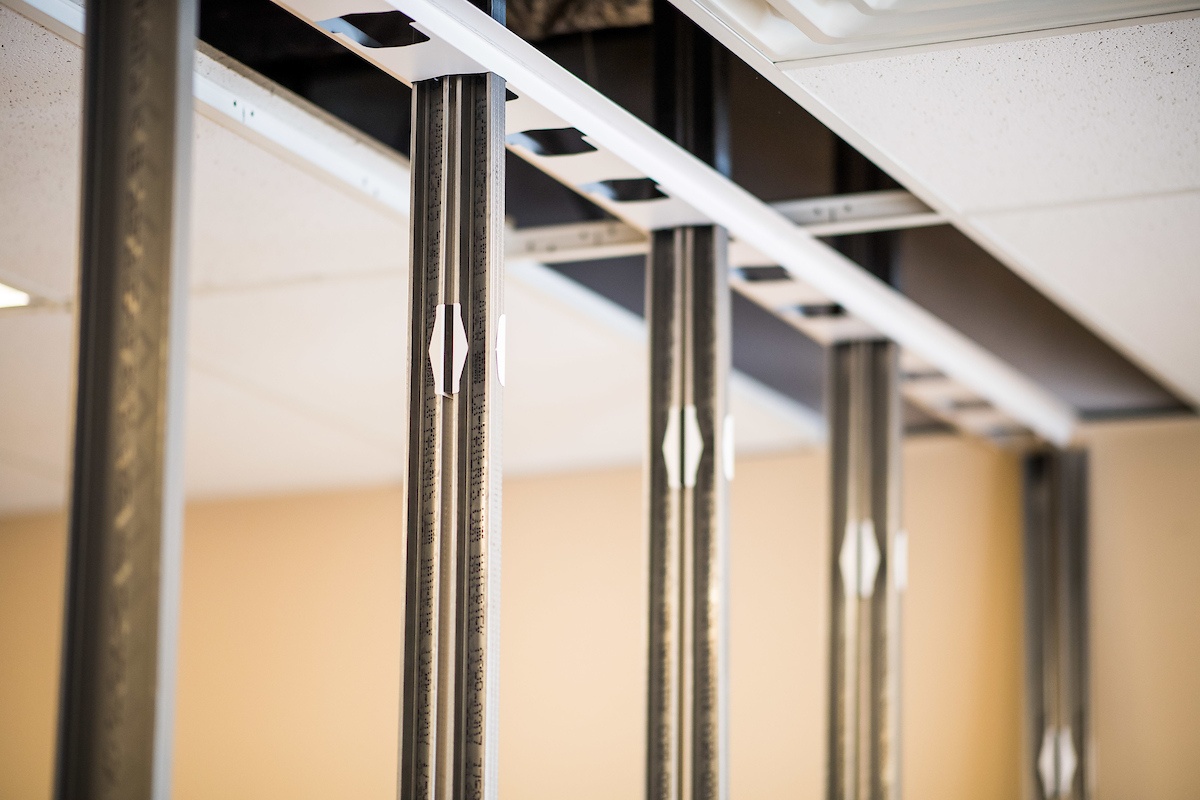

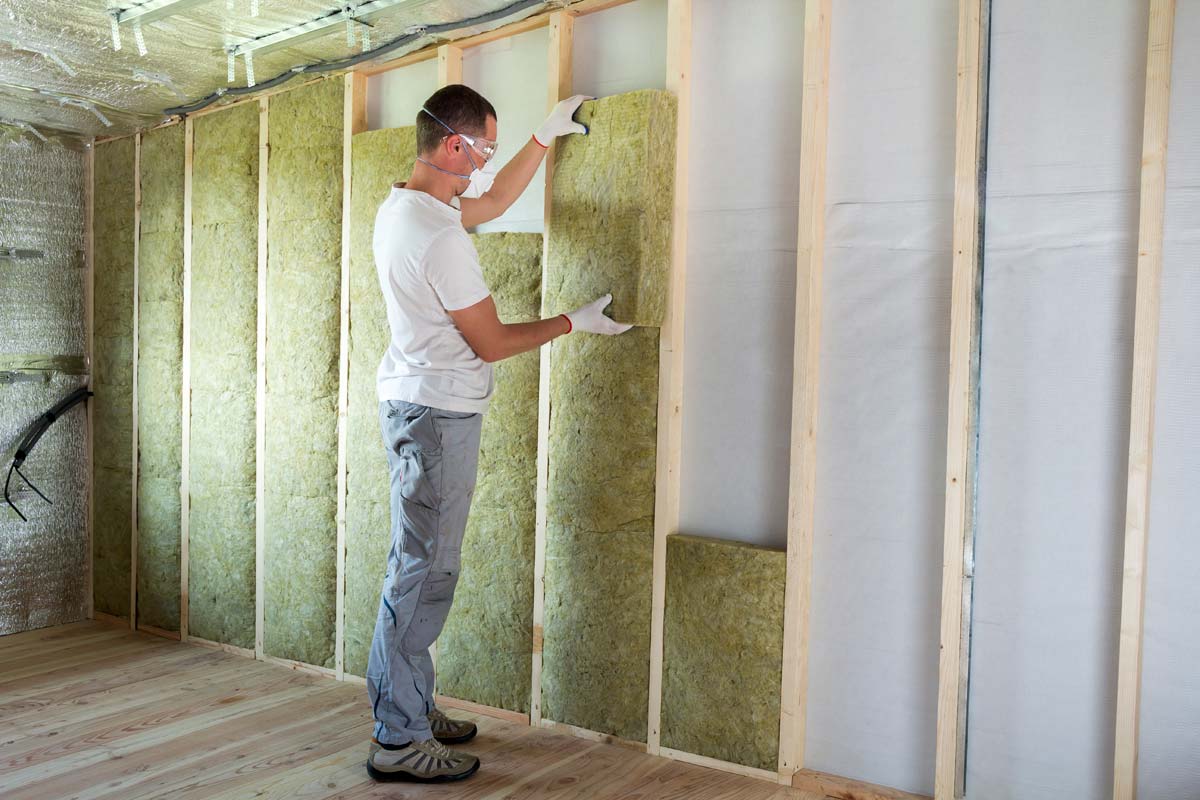

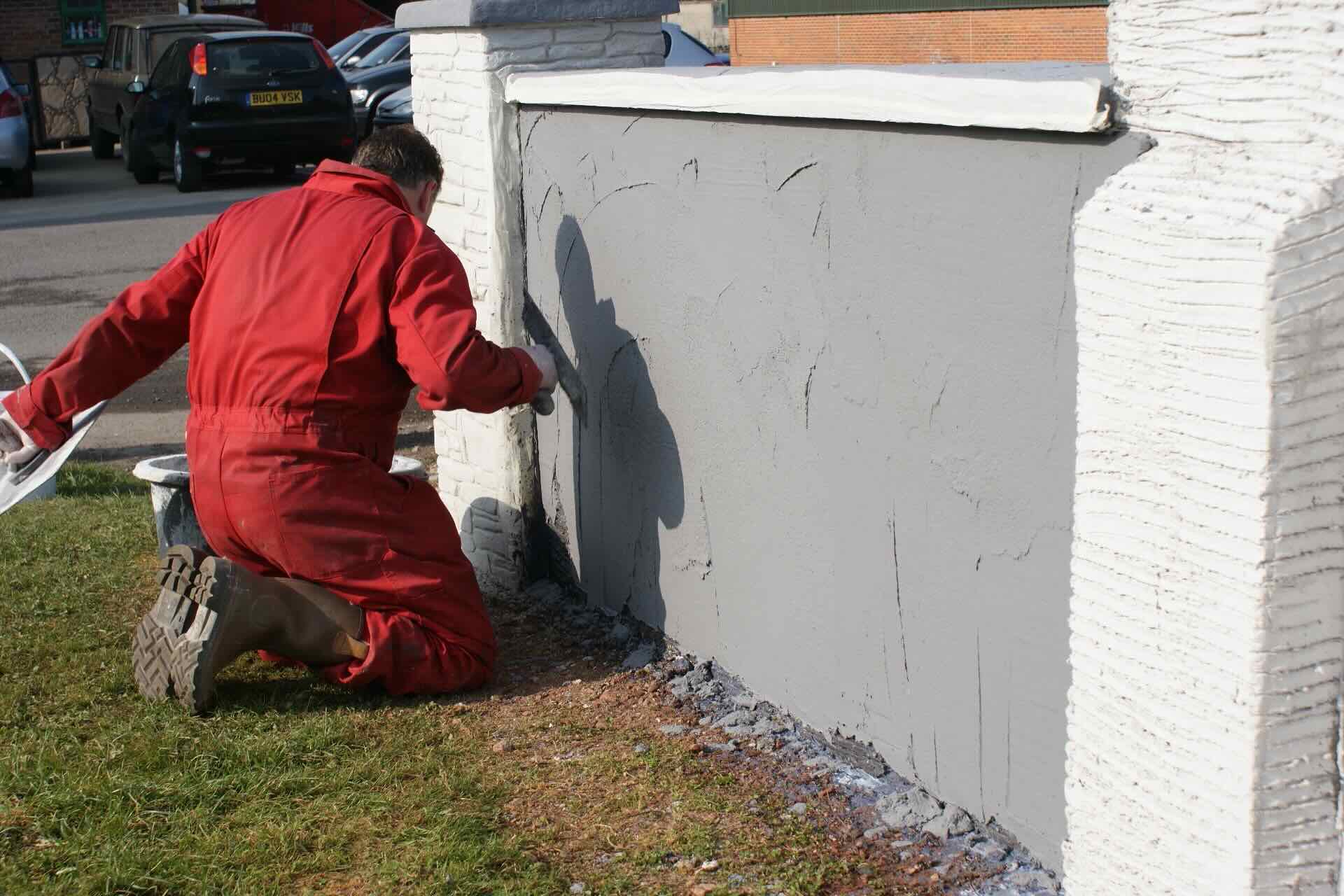

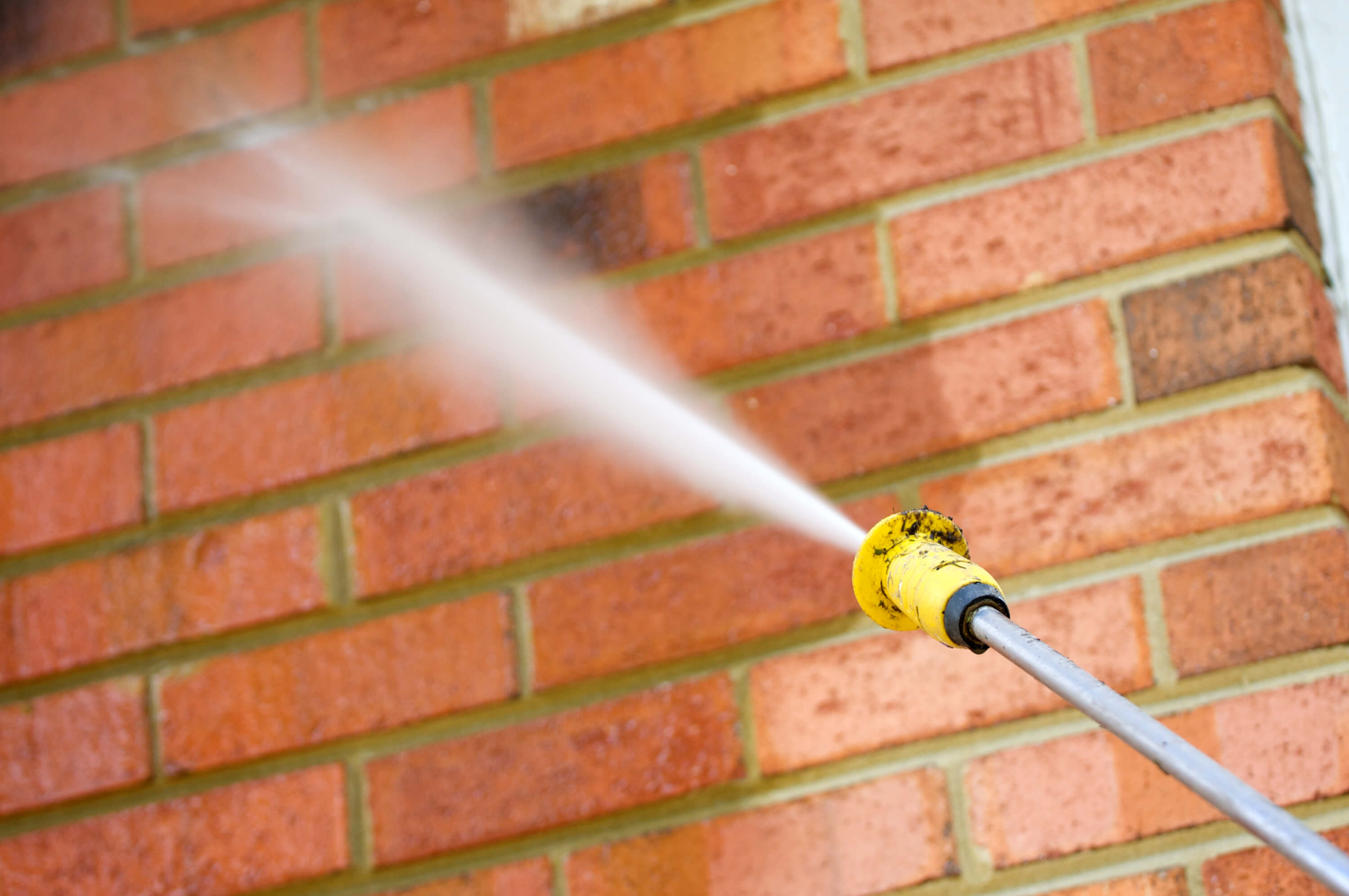
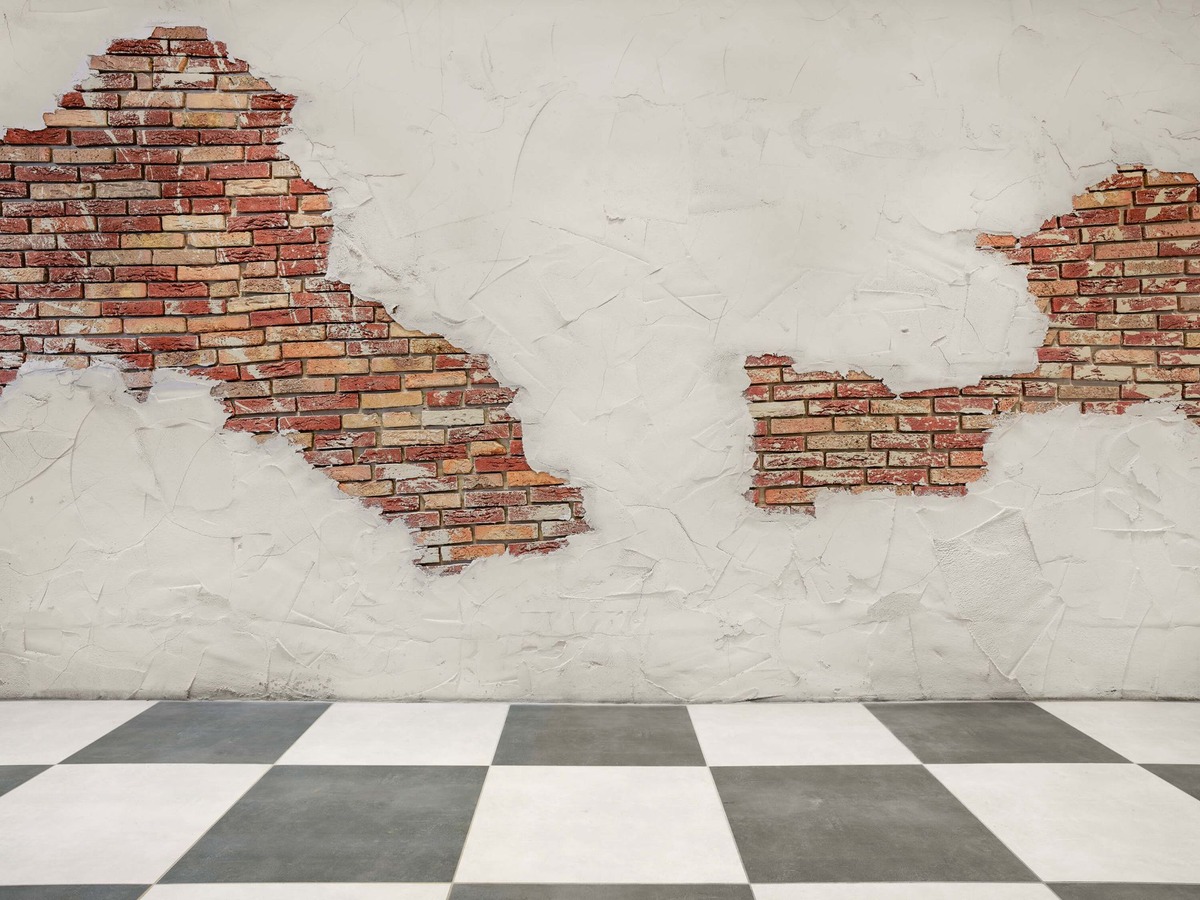
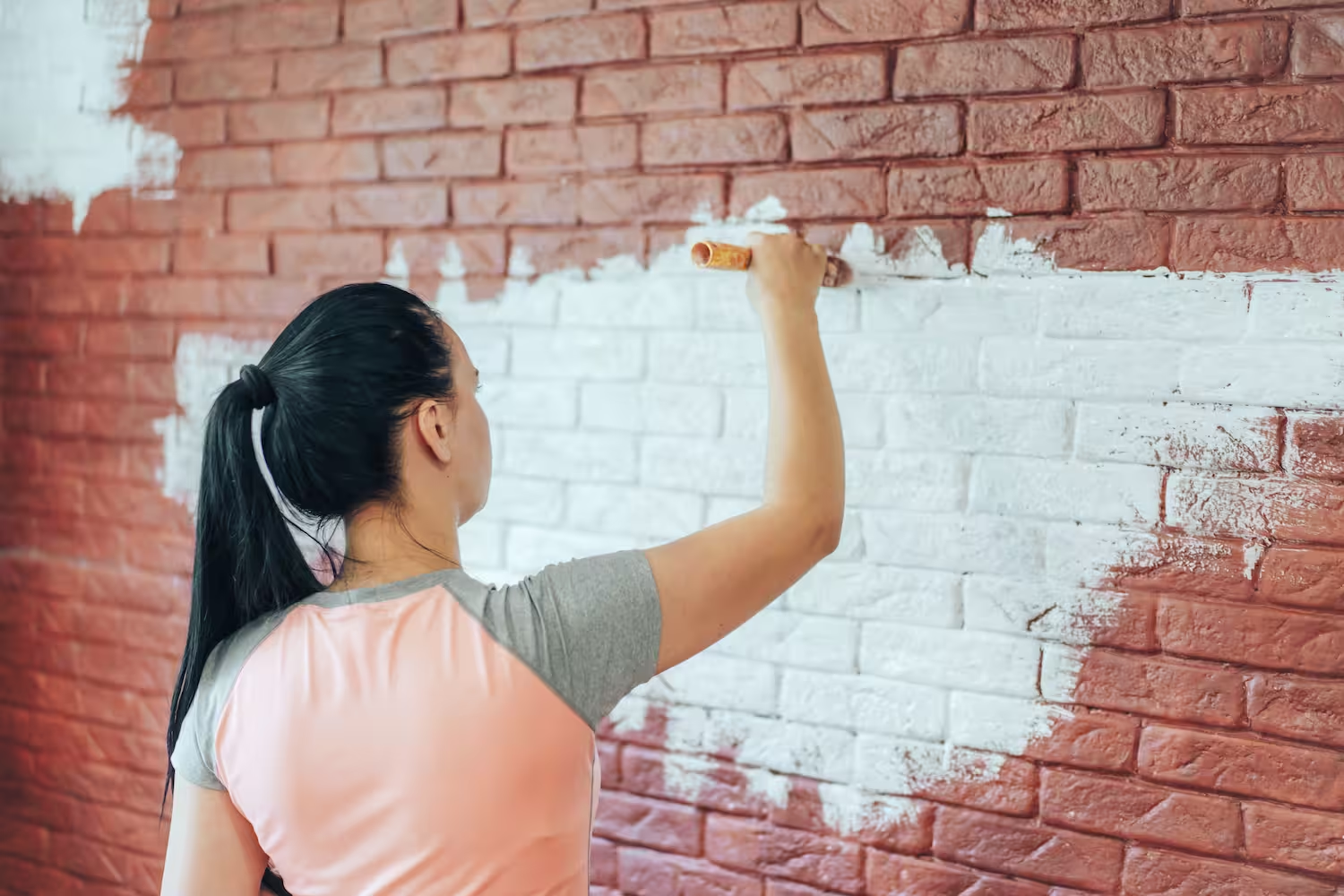
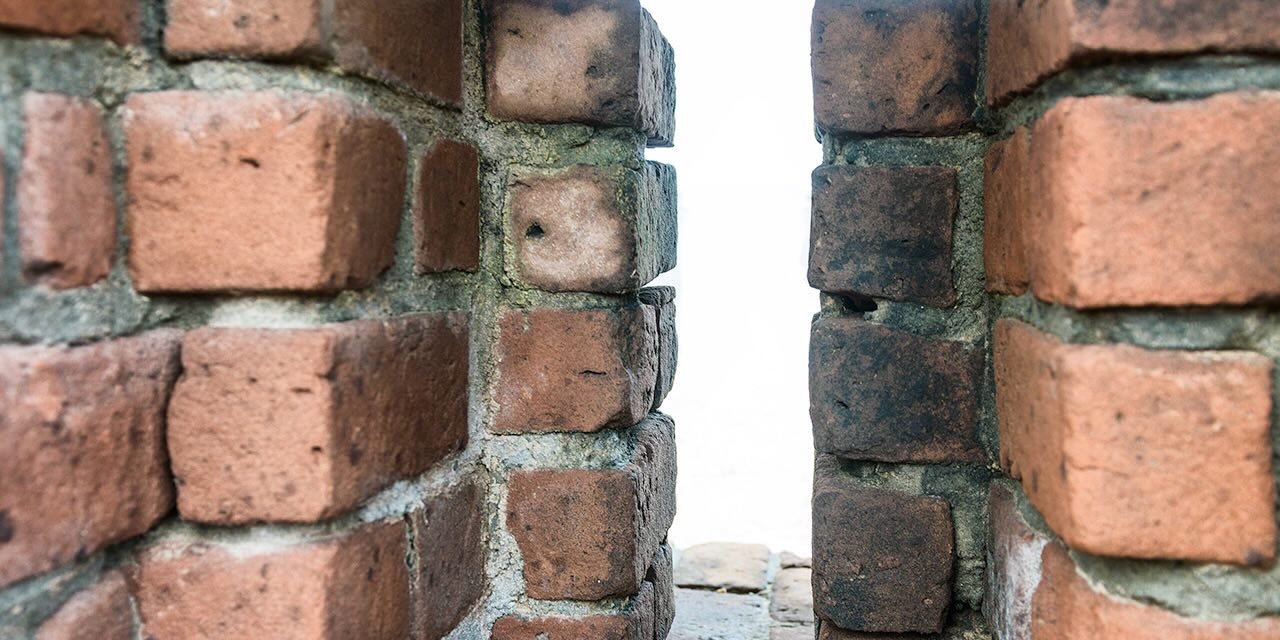
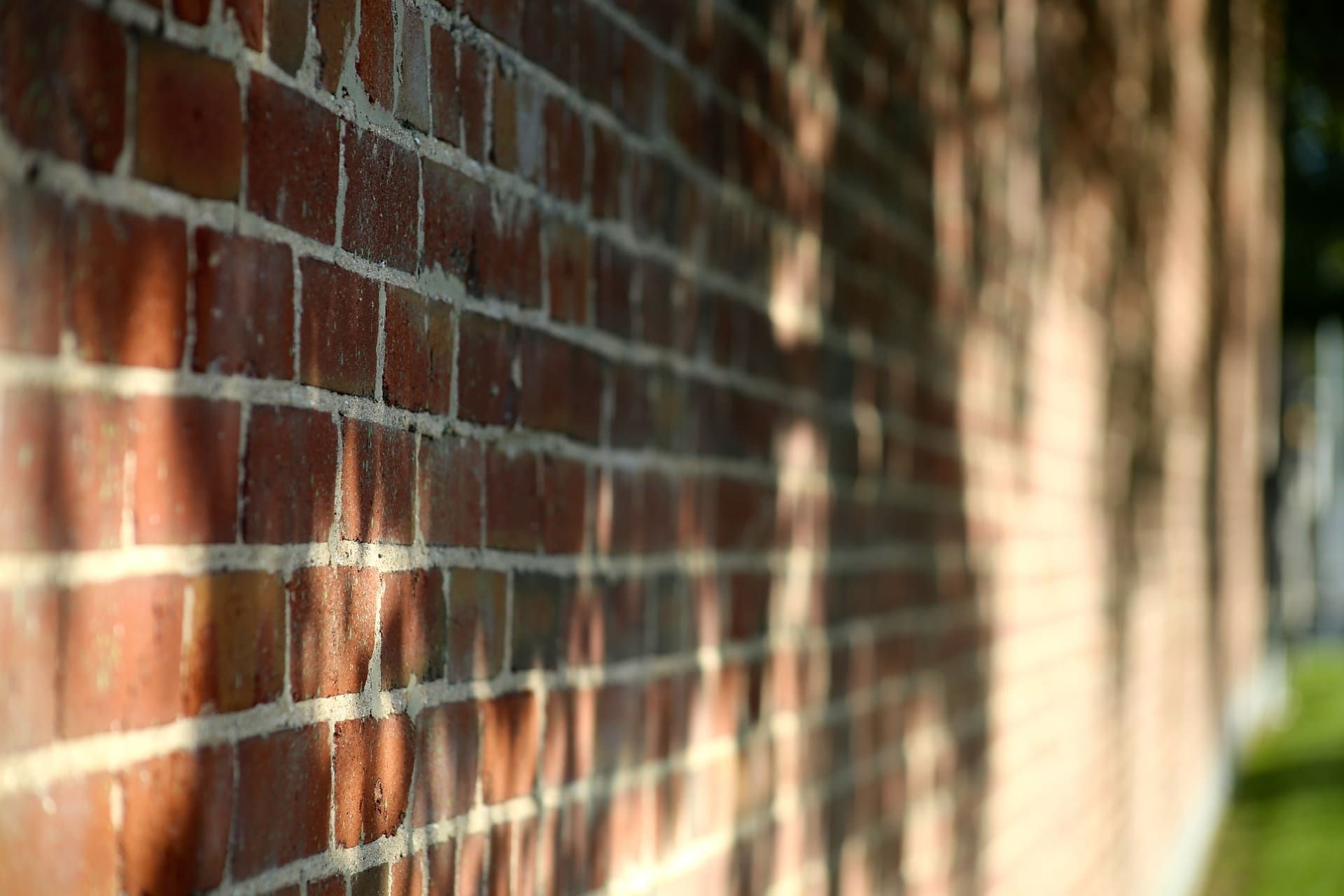

0 thoughts on “How To Clean Interior Brick Walls”